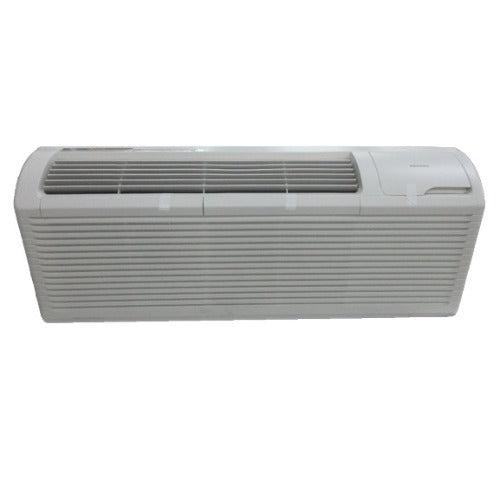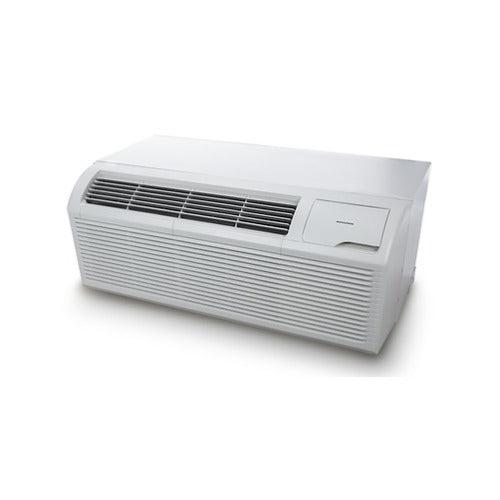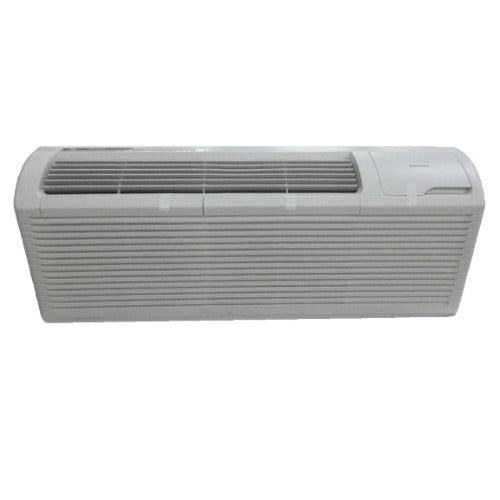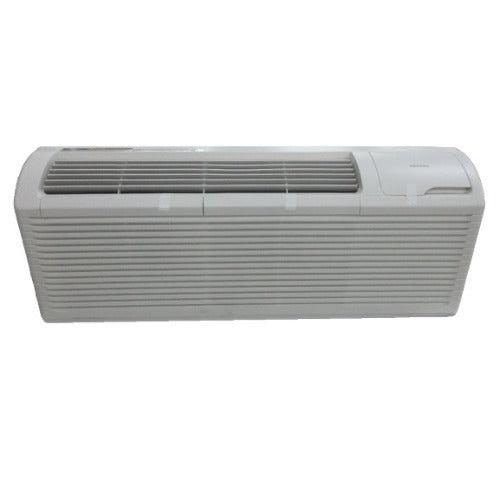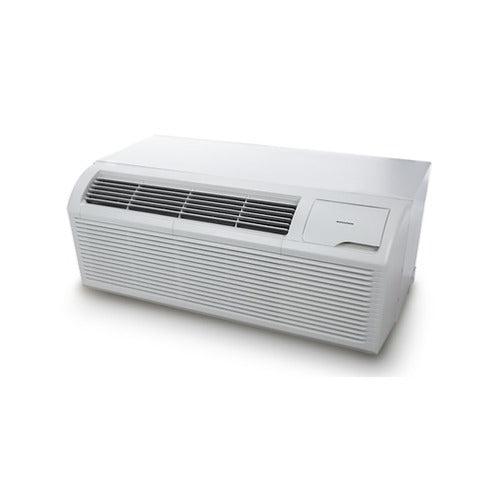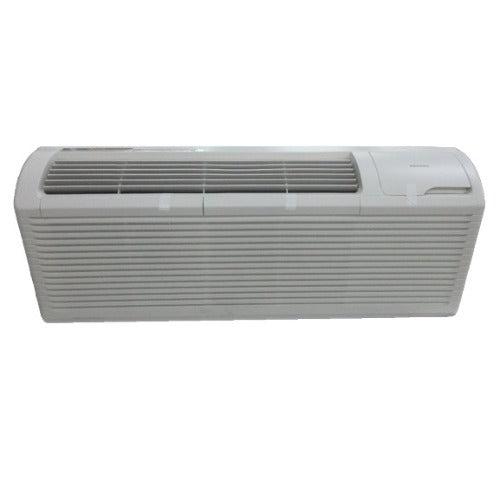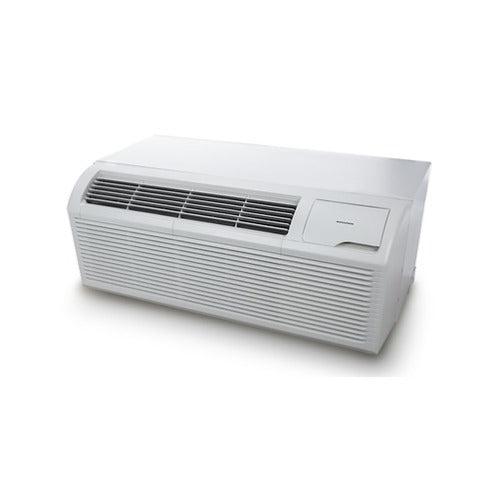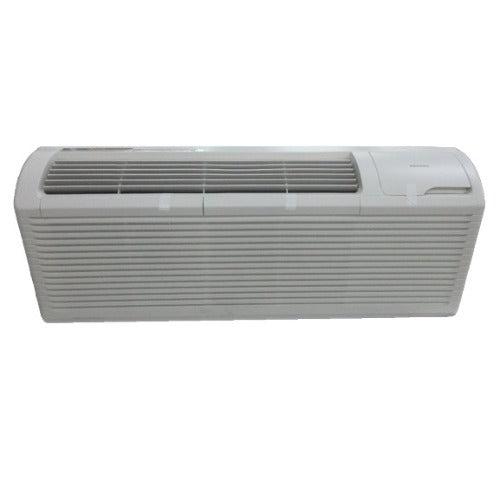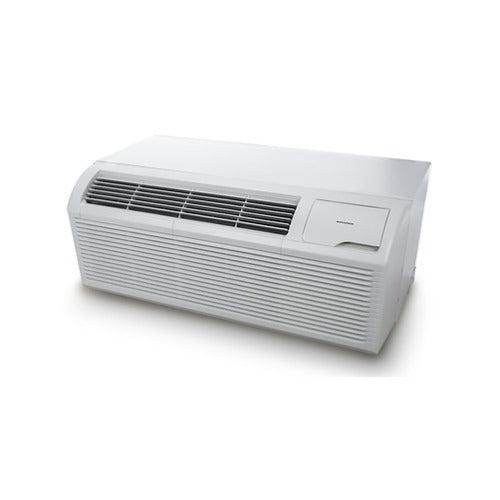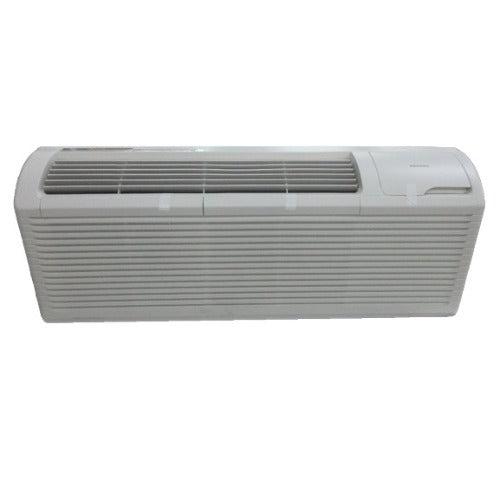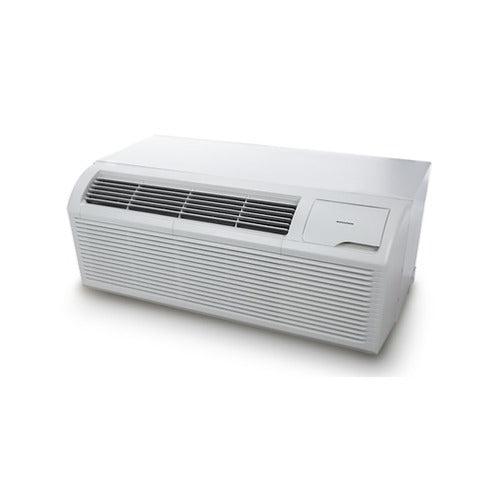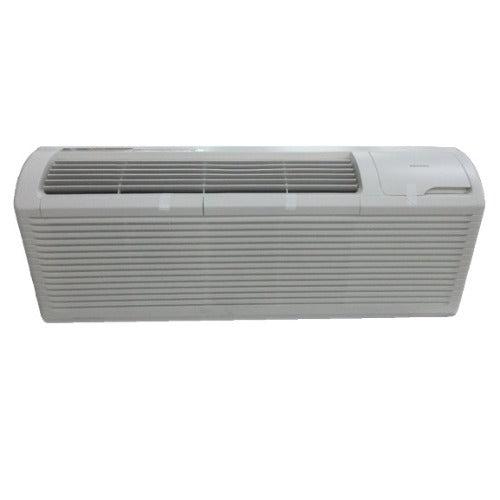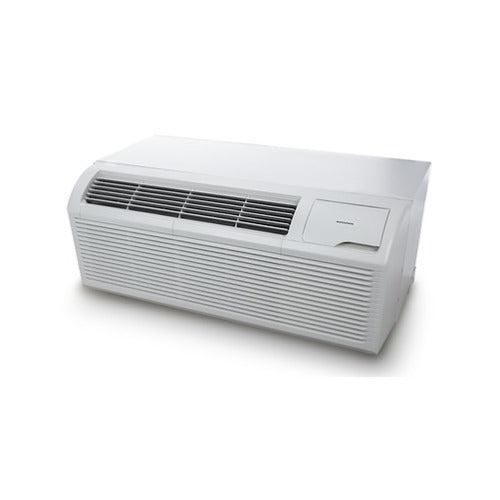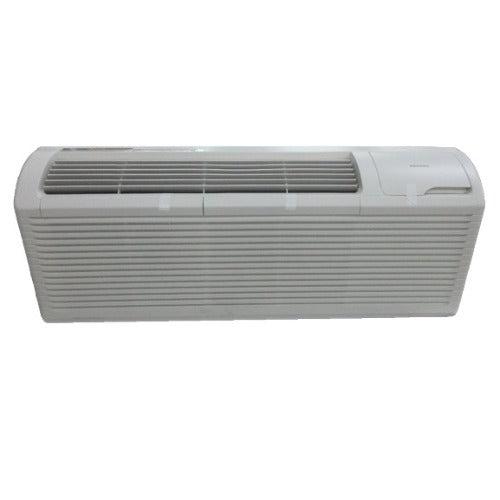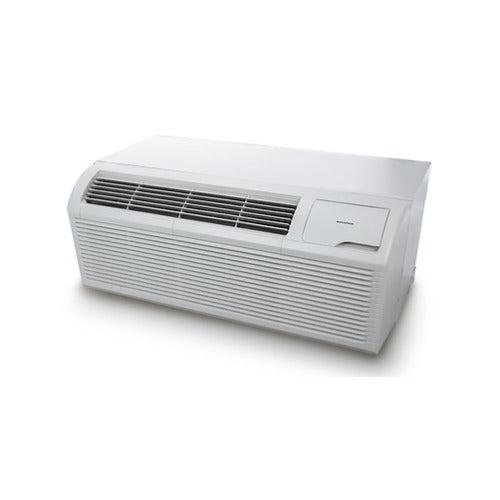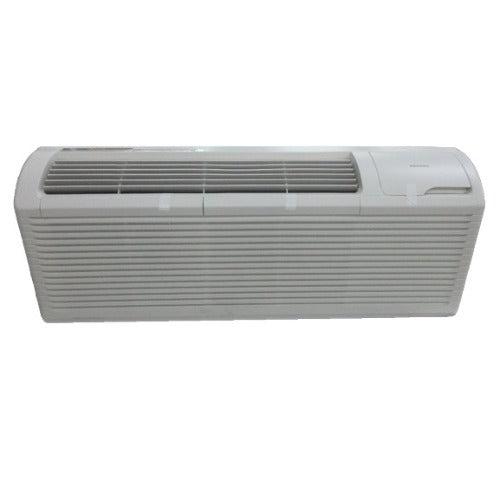ptac units
10 products
Showing 1 - 10 of 10 products
PTAC Units: Versatile and Efficient Climate Control
Packaged Terminal Air Conditioners (PTAC) units are self-contained heating and cooling systems commonly used in commercial spaces, hotels, apartments, and healthcare facilities. These compact, through-the-wall units offer a convenient and efficient way to manage indoor temperatures without the complexity of central HVAC systems. Due to their ease of installation, reliability, and affordability, PTAC units have become a popular choice for a variety of applications.
What is a PTAC Unit?
PTAC units are designed as single, packaged air conditioning systems that include both cooling and heating functions in a single, compact unit. They are typically installed through an external wall, allowing the unit to directly intake and expel air. This wall-mounted configuration enables efficient airflow and optimal temperature regulation for the space they serve.
These units come in various sizes and capacities, ranging from 7,000 to 15,000 BTUs, and are suitable for rooms typically between 150 to 400 square feet. PTAC units are often seen in hospitality and healthcare settings due to their ability to provide individual temperature control in each room, catering to the specific comfort needs of occupants.
How Do PTAC Units Work?
PTAC units operate similarly to traditional air conditioners but have built-in heating options. The cooling function uses a refrigeration cycle, where refrigerant absorbs indoor heat and releases it outside. For heating, PTAC units typically employ either an electric resistance heater or a heat pump mechanism.
Electric resistance heaters use electrical coils to generate heat, which is then blown into the room. Heat pump PTAC units, on the other hand, can reverse the cooling process to draw heat from the outside air and bring it indoors. This heat pump functionality makes PTAC units more energy-efficient in moderate climates.
PTAC units are equipped with a thermostat that allows users to set their desired temperature, providing a convenient way to control the climate in individual rooms. Many modern PTAC units also include features like digital displays, remote controls, energy-saving modes, and programmable timers.
Benefits of PTAC Units
-
Cost-Effective Solution: PTAC units are generally more affordable than central HVAC systems and can be installed in individual rooms without the need for extensive ductwork. This makes them a cost-effective option for hotels, motels, multi-family housing, and healthcare facilities.
-
Individual Temperature Control: One of the most significant advantages of PTAC units is their ability to offer independent temperature control for each room. This flexibility allows occupants to customize their comfort level, which is particularly beneficial in hotels and senior living facilities where guests and residents may have varying preferences.
-
Ease of Installation and Maintenance: PTAC units are designed for through-the-wall installation, which is straightforward and does not require complicated duct systems. They can be easily replaced or serviced, reducing maintenance costs and downtime.
-
Efficient Use of Space: PTAC units are compact and typically installed under windows or in other unobtrusive locations. This space-saving design ensures that they do not interfere with the room’s layout or aesthetics.
-
Energy Efficiency: With advancements in technology, modern PTAC units come with energy-saving features such as energy-efficient compressors, programmable thermostats, and occupancy sensors. These features help reduce energy consumption and utility costs, which is particularly important in commercial applications.
Applications of PTAC Units
PTAC units are widely used in several commercial and residential settings. The most common application is in hotels and motels, where individual climate control is crucial for guest satisfaction. They are also popular in senior living facilities, dormitories, and healthcare settings, where different rooms or zones require separate temperature regulation.
In addition, PTAC units are increasingly being used in apartment buildings and multi-family housing due to their affordability and ease of maintenance. Some homeowners even choose PTAC units for room additions or converted spaces like garages, sunrooms, and basements.
Conclusion
PTAC units are versatile, cost-effective, and efficient solutions for providing heating and cooling in individual rooms or zones. With the ability to offer independent temperature control, ease of installation, and space-saving design, PTAC units are an ideal choice for various commercial applications like hotels, healthcare facilities, and multi-family housing. Their advancements in energy efficiency and modern features make them a smart investment for anyone seeking reliable climate control without the complexities of a central HVAC system.
